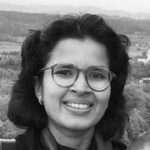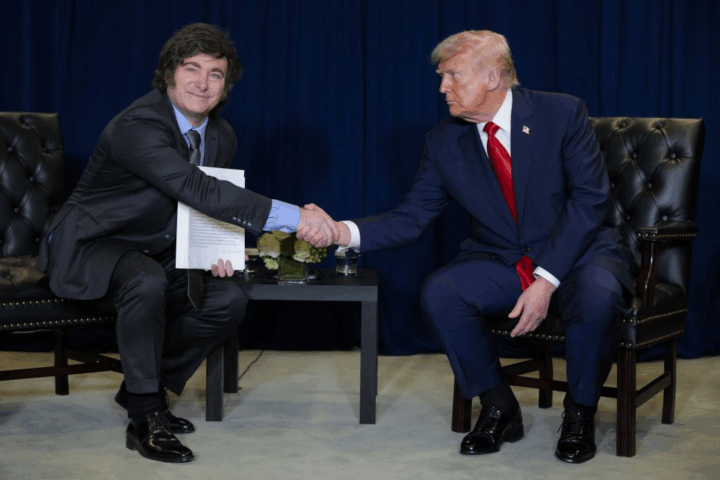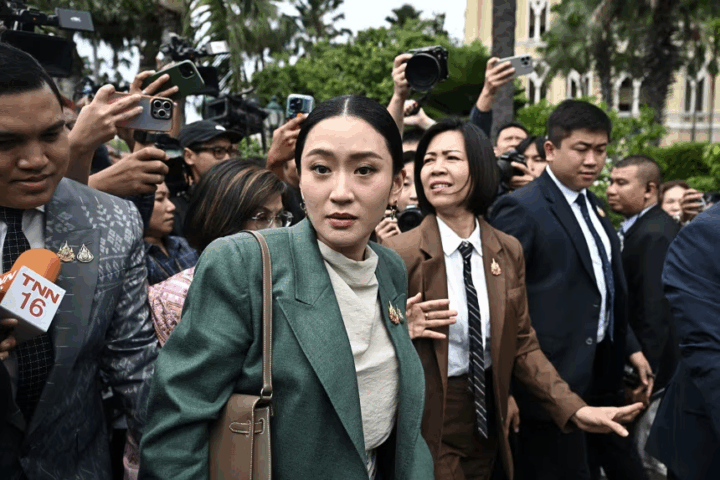Pope Francis, the 266th pope and one of the most transformative figures in modern Catholicism, has died at the age of 88. His 12-year papacy reshaped the global Church with its deep focus on mercy, inclusion, and social justice. As the world mourns, the Vatican gears up for a solemn and ancient transition—a process steeped in ritual, secrecy, and global attention. Here’s a guide to what happens next, and who might emerge as the next spiritual leader of 1.4 billion Catholics.
What Happens After a Pope Dies? The Rituals and Rites of Transition
1. The Official Confirmation
The process begins with the Camerlengo, Cardinal Kevin Farrell, performing a centuries-old ritual. He calls out the pope’s baptismal name three times. When there is no reply, he solemnly declares Pope Francis dead. The Vatican then officially announces the pope’s passing to the world.
2. Lockdown and Legacy
Next comes security and symbolism. The late pope’s apartments are sealed. His papal ring—the Fisherman’s Ring—is destroyed, symbolizing the end of his authority. His body is dressed in red vestments and placed in a coffin of wood and zinc, in accordance with his wishes.
3. Nine Days of Mourning: The Novendiale
A period of mourning follows. For nine days, memorial Masses will be held across the world. Francis’s body will lie in St. Peter’s Basilica for public viewing—but without the traditional platform display, reflecting his humility. Uniquely, he will be buried not in the Vatican, but at the Basilica of St. Mary Major in Rome—a final break from tradition.
4. Sede Vacante: The Church Without a Pope
With the Holy See vacant, the Church enters a phase known as sede vacante. The College of Cardinals takes over administrative duties but cannot make major decisions. All eyes then turn to the Sistine Chapel.
5. The Conclave: A Sacred Election
Between 15 and 20 days after the pope’s death, 135 eligible cardinals—those under age 80—will gather in Rome. They’ll enter the Sistine Chapel, sealed off from the world, and begin the secretive conclave to elect the next pope.
Voting can occur four times a day, and a two-thirds majority is required. If no consensus is reached after 30 ballots, the process narrows to the top two candidates. When a new pope is chosen, white smoke will billow from the chapel’s chimney—a sign to the world: Habemus Papam! (“We have a Pope!”)
Who Might Be the Next Pope? The Top Contenders
Pope Francis reshaped the College of Cardinals to better reflect the Church’s global diversity. His influence is evident in the list of likely successors—men from all corners of the globe, many of whom share his vision of a more inclusive Church.
| Name | Country | Role | Notable Traits |
|---|---|---|---|
| Luis Antonio Tagle | Philippines | Evangelization Prefect | Known as the “Asian Francis,” progressive and beloved by youth |
| Pietro Parolin | Italy | Vatican Secretary of State | A seasoned diplomat, capable of bridging Church factions |
| Peter Turkson | Ghana | Chancellor of Pontifical Academies | Social justice champion, potential first African pope in centuries |
| Peter Erdő | Hungary | Archbishop of Esztergom-Budapest | Conservative and a canon law expert, strong voice in Eastern Europe |
| Matteo Zuppi | Italy | Archbishop of Bologna | Francis ally, focused on peace and migration |
| Jean-Marc Aveline | France | Archbishop of Marseille | Intellectual, warm, considered a “Francis favorite” |
| Fridolin Ambongo Besungu | DR Congo | Archbishop of Kinshasa | Outspoken advocate for justice in Africa |
| Marc Ouellet | Canada | Former Vatican official | Conservative, widely respected across regions |
Trends to Watch
- Global South Rising: For the first time, a pope from Africa or Asia is a real possibility.
- Moderation Over Extremes: Many cardinals want a centrist successor to continue Francis’s reforms without polarizing the Church.
- Diplomatic Leadership: In an increasingly fragmented world, candidates with global savvy—like Parolin and Tagle—are seen as stabilizing forces.
Why It Matters
The next pope will inherit a Church at a crossroads. With the world facing political unrest, migration crises, and climate change, the Church’s voice remains powerful. Will the new pope double down on the Francis-era reforms, or steer the institution back toward a more traditional path?
For Catholics, the choice will shape faith, doctrine, and global engagement for decades to come. For the rest of the world, it’s a moment of reflection on leadership, morality, and the enduring power of ancient traditions in a modern age.











